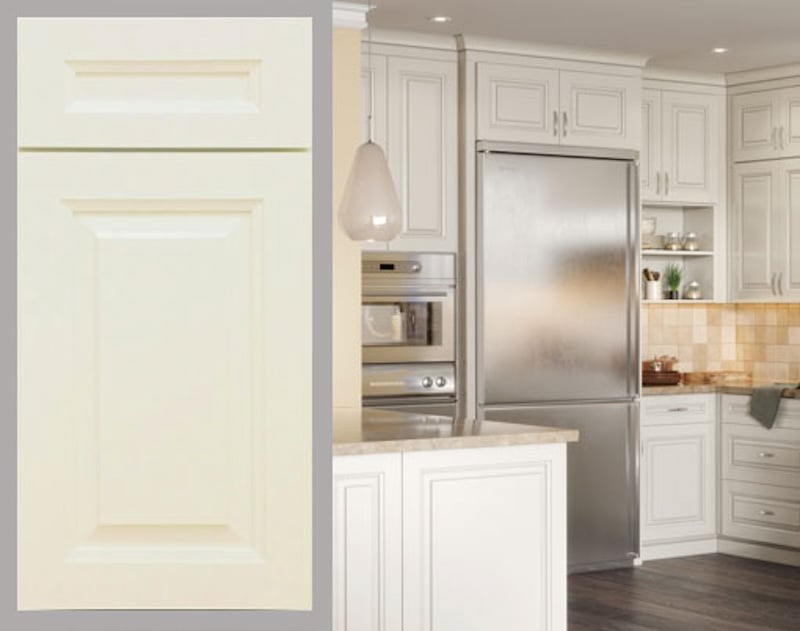Are RTA Kitchen Cabinets Durable? Here's What You Should Know
by Gary Wade • August 22, 2024
When it comes to kitchen renovations, homeowners often find themselves weighing the pros and cons of different cabinet options. One choice that's gaining popularity is RTA kitchen cabinets, or Ready-to-Assemble cabinets. These budget-friendly alternatives to custom cabinetry have sparked curiosity about their durability and quality. Many wonder if RTA cabinets can stand the test of time and daily use in a busy kitchen environment.
This comprehensive guide aims to shed light on the durability of RTA kitchen cabinets. We'll explore what RTA cabinets are, examine the factors that affect their longevity, and compare them to pre-assembled options. By the end, you'll have a clear understanding of RTA cabinet quality and be better equipped to decide if they're the right choice for your kitchen makeover. Whether you're a DIY enthusiast or simply looking to save on your renovation, this article will help you navigate the world of RTA cabinetry.
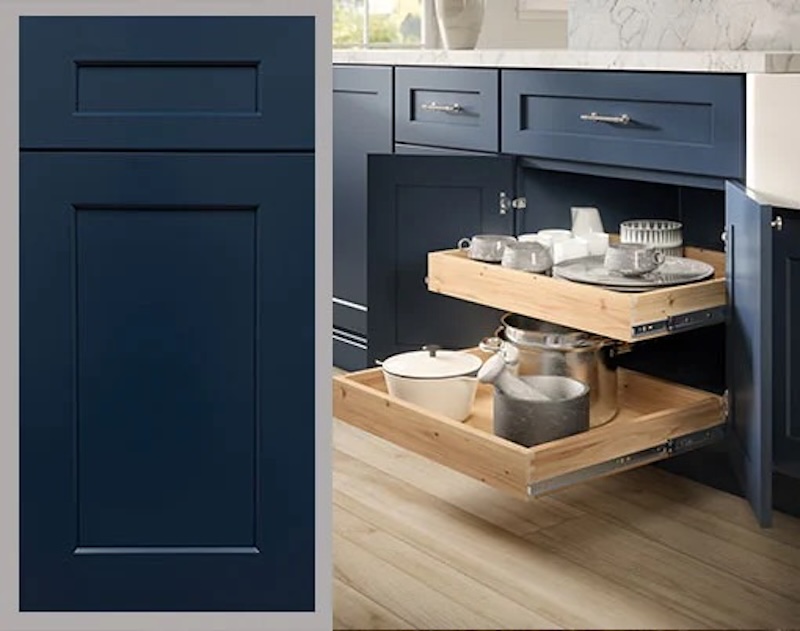
What Are RTA Kitchen Cabinets?
Definition and Components
RTA kitchen cabinets, short for Ready-to-Assemble, are an affordable and customizable option for homeowners looking to upgrade their kitchens. These cabinets arrive in flat-packed boxes, containing all the necessary components for assembly. Each package typically includes cabinet doors, face frames, drawer glides, and other essential parts. The beauty of RTA cabinets lies in their simplicity and cost-effectiveness, as they allow homeowners to take on the assembly process themselves.
Manufacturing Process
The manufacturing of RTA cabinets involves careful consideration of materials and construction methods. These cabinets can be made from a variety of materials, including:
- Engineered wood products (particleboard, MDF, MFC)
- Plywood
- Solid hardwoods (oak, pine, birch)
Manufacturers often apply laminate surfaces to the facing sides of the panels, offering a wide range of colors, finishes, and textures. The production process typically includes pre-drilling holes and attaching hinges to the door edges, simplifying the assembly process for the end-user.
Advantages of RTA Cabinets
Ready-to-assemble kitchen cabinets offer several benefits that make them an attractive option for many homeowners:
- Cost-effectiveness: RTA cabinets are significantly less expensive than custom or pre-assembled options, often costing 30-50% less.
- Quick delivery: They have shorter lead times compared to custom cabinets, with some manufacturers offering shipping within 2-4 days.
- Customization: RTA cabinets provide flexibility in design, allowing homeowners to choose from various styles, sizes, and finishes.
- Easy assembly: Most RTA cabinets come with detailed instructions and require only basic tools like a screwdriver and rubber mallet.
- Environmental impact: RTA cabinets have a lower environmental footprint due to reduced transportation and packaging requirements.
By choosing RTA cabinets, homeowners can enjoy a balance of quality, affordability, and customization in their kitchen renovation projects.
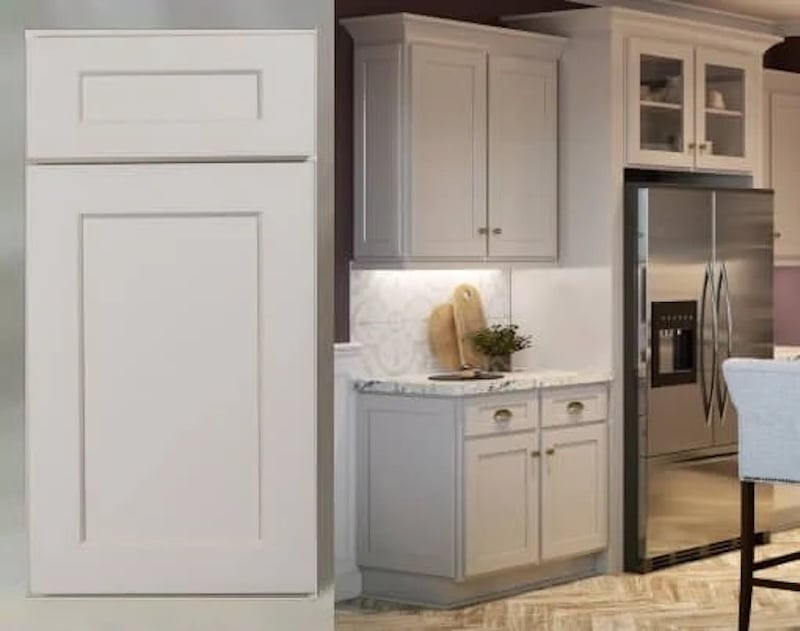
Durability Factors of RTA Cabinets
Material Quality
The durability of RTA kitchen cabinets largely depends on the materials used in their construction. High-quality materials contribute to longer-lasting cabinets that can withstand daily use in a busy kitchen environment. Some common materials include:
- Solid wood: Provides excellent durability and a timeless look, making it an ideal choice for long-lasting quality.
- Plywood: Offers stability and resistance to warping, making it suitable for kitchens with high humidity levels.
- Medium-density fiberboard (MDF): A versatile and budget-friendly option made from wood fibers combined with resin and wax.
- High-density fiberboard (HDF): Denser than MDF, it offers the appearance of hardwood without susceptibility to temperature changes.
While particleboard is a cheaper option, it may not hold up as well over time and can be damaged by water or oil. High-quality plywood cabinets, on the other hand, can last 20-30 years with proper care and maintenance.
Construction Techniques
The construction methods used in manufacturing RTA cabinets play a crucial role in their durability. Quality construction techniques ensure that cabinets can withstand the wear and tear of daily use. Some key factors to consider include:
- Drawer construction: Dovetail joints are more durable than rabbet or dado joints, providing better resistance to constant use.
- Cabinet box assembly: Look for cabinets with sturdy joints and reinforced corners for increased stability.
- Door hinges: Soft-close hinges offer smoother operation and reduce stress on cabinet doors.
Many RTA cabinet manufacturers implement strict quality control measures throughout the production process. This includes inspecting raw materials, verifying component dimensions, and checking hardware installation and functionality.
Hardware and Accessories
The quality of hardware and accessories used in RTA cabinets has a significant impact on their overall durability. Look for cabinets featuring:
- Soft-close drawer slides: These reduce wear on drawer components and prevent slamming.
- Adjustable shelves: Allow for customization and even weight distribution.
- High-quality handles and knobs: Durable hardware enhances both functionality and esthetics.
To ensure the longevity of RTA cabinets, proper care and maintenance are essential. Regular cleaning, avoiding excess moisture, and promptly addressing any issues can help extend their lifespan. By choosing RTA cabinets made from high-quality materials and featuring durable construction techniques and hardware, homeowners can enjoy cabinets that rival the durability of pre-assembled or custom options.
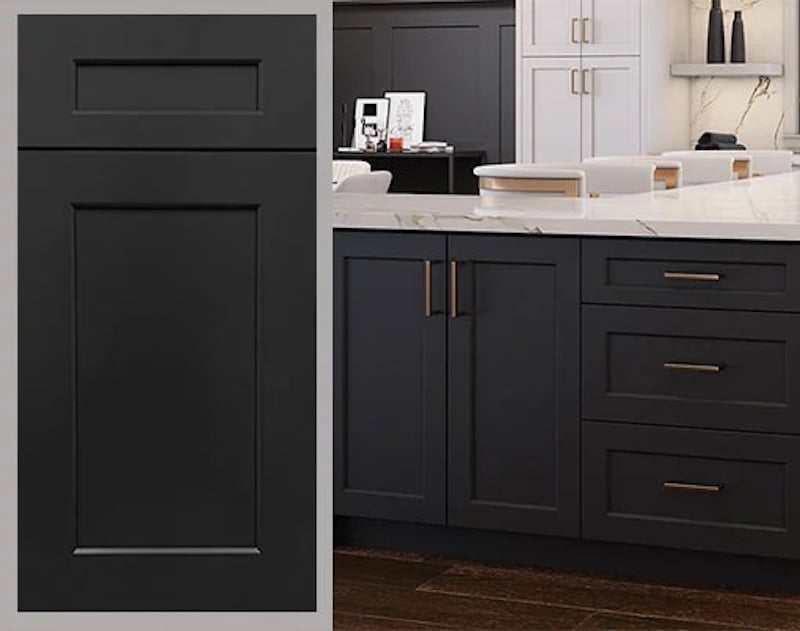
Comparing RTA Cabinets to Pre-Assembled Options
Cost Differences
When it comes to kitchen renovations, cost is often a significant factor. RTA cabinets offer a substantial financial advantage over pre-assembled options. Homeowners can expect to save 15%-20% when purchasing RTA cabinets compared to the same pre-assembled cabinet. For a basic 10x10 L-shaped kitchen (about 12 cabinets), RTA cabinets can range from $1,200 to $4,400, while pre-assembled cabinets can cost between $300 and $1,000 more.
The cost savings of RTA cabinets stem from two main factors:
- Shipping: RTA cabinets are shipped in flat packs, which cost significantly less to transport compared to assembled cabinets.
- Labor: With RTA cabinets, homeowners have the option to assemble the cabinets themselves, cutting labor costs.
Quality Comparison
While RTA cabinets are more affordable, many wonder about their quality compared to pre-assembled options. The truth is, both types can offer high-quality options if you know what to look for:
- Materials: Both RTA and pre-assembled cabinets can be made from solid wood, plywood, or engineered wood products.
- Construction: Look for features like dovetail joints, soft-close hinges, and full-height back panels in both types.
- Durability: High-quality RTA cabinets can last 20-30 years with proper installation and maintenance.
Pre-assembled cabinets often come with a guarantee and are approved by the Kitchen Cabinet Manufacturers Association, which can provide additional peace of mind. However, many RTA cabinet manufacturers also implement strict quality control measures throughout their production process.
Installation Considerations
The installation process is where RTA and pre-assembled cabinets differ significantly:
- RTA Cabinets:
- Require assembly before installation
- Come with pre-drilled holes and included hardware
- Can be assembled with basic tools like a screwdriver and rubber mallet
- Assembly time varies but can take longer for inexperienced DIYers
- Pre-Assembled Cabinets:
- Arrive ready to install
- Save time during the installation process
- May require professional installation due to their weight and size
While RTA cabinets offer more flexibility and potential cost savings, they do require more time and effort during the installation phase. However, this hands-on approach allows for greater customization and the satisfaction of a DIY project.
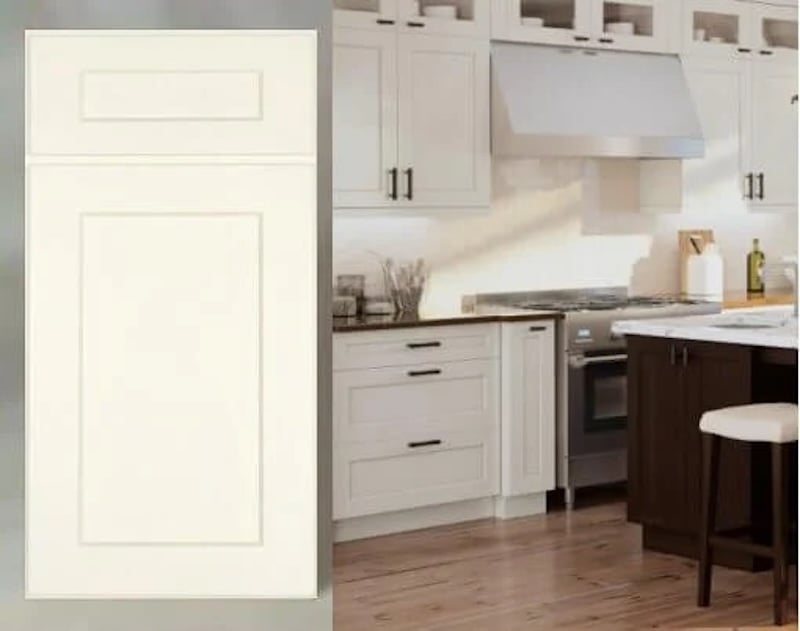
RTA Kitchen Cabinet Quality
The durability and quality of RTA kitchen cabinets have a significant impact on their popularity among homeowners and contractors alike. High-quality RTA cabinets, made from materials such as solid wood or plywood, can last 20-30 years with proper installation and maintenance. This longevity, combined with their cost-effectiveness and customization options, makes them a compelling choice for many kitchen renovation projects.
When choosing RTA cabinets, it's crucial to consider factors like material quality, construction techniques, and hardware. By selecting cabinets with features such as soft-close hinges, dovetail joints, and sturdy construction, homeowners can ensure their investment stands the test of time. While RTA cabinets may require more effort during assembly and installation, the potential cost savings and ability to customize make them an attractive option for those looking to upgrade their kitchen without breaking the bank.
FAQs
1. What are the disadvantages of RTA kitchen cabinets?
RTA (Ready-To-Assemble) kitchen cabinets can vary in quality and may not always meet the high standards of pre-assembled cabinets, depending largely on the materials and finishes used. Additionally, assembling these cabinets can be challenging and time-consuming if you're not experienced in DIY projects.
2. How long can you expect RTA cabinets to last?
RTA cabinets have a lifespan comparable to other types of cabinets, typically lasting between 10 to 30 years. They represent a long-term investment, making it crucial to choose high-quality cabinets in styles and colors that will remain appealing over time.
3. Are RTA cabinets well-built and reliable?
Yes, RTA cabinets are constructed with sturdy materials. Despite being more affordable, they are made using a range of materials similar to those used in conventional cabinets, ensuring reliable construction.
4. Which type of kitchen cabinets are the most durable?
The most durable kitchen cabinets are generally those made from solid hardwood, with cherry and maple being popular choices. These materials are more expensive but are known for their longevity and aesthetic appeal. Plywood and MDF (medium-density fiberboard) offer less expensive alternatives that are still quite durable.
overall rating: my rating: log in to rate



